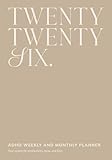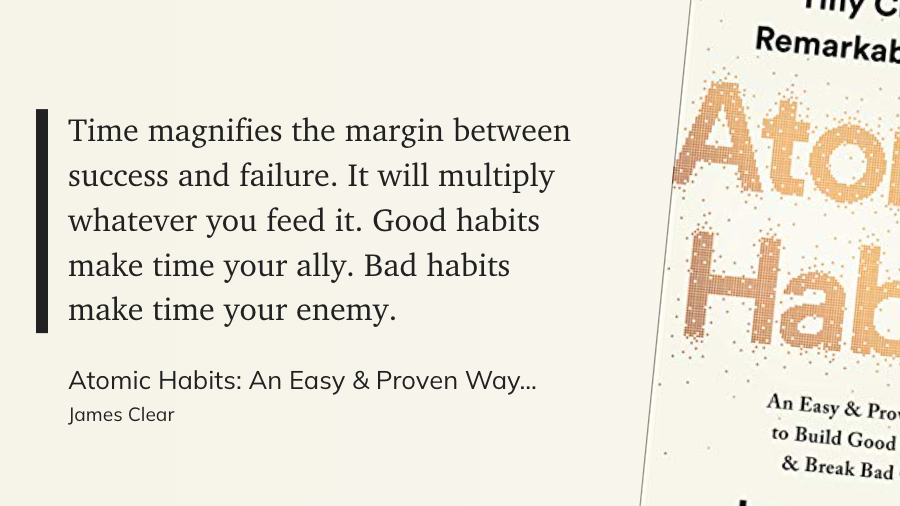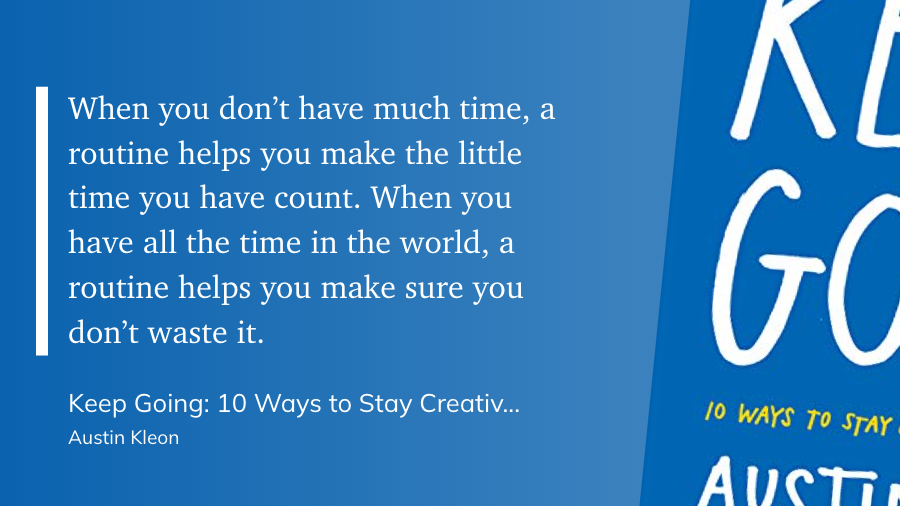
When the average human lifespan is broken into weeks, it comes out to roughly 4,000 tiny squares on a calendar. Oliver Burkeman’s Four Thousand Weeks: Time Management for Mortals argues that every choice you—or your teachers—make is an irrevocable investment of one of those squares. That simple, urgent idea is the antidote to the chronic overload driving record-high teacher stress and attrition. Below is the straight-talk pitch I deliver when I hand the book to a classroom teacher—no fables, no fluff, just a direct-response case for why this needs to be the first professional-development read of the new school year.
- Burkeman, Oliver (Author)
- English (Publication Language)
- 304 Pages – 06/27/2023 (Publication Date) – Picador Paper (Publisher)
The Pain You Already Feel
- Teachers are working an average of 49 hours per week—ten more than they’re paid for—and still feel behind. (RAND Corporation)
- Seventy-eight percent have considered quitting since the pandemic. (National Education Association)
- Three-quarters now shoulder extra duties to cover shortages, compounding burnout. (Devlin Peck)
- A typical classroom loses the equivalent of ten instructional days each year to interruptions alone. (Education Week)
Those numbers aren’t a motivation problem; they’re a math problem. No planner, rubric, or inbox-zero ritual will create the hours you don’t have. Burkeman starts where every other productivity guru won’t: by admitting you can’t fit it all in.
The Big Idea Teachers Haven’t Tried Yet
Burkeman’s thesis is deceptively simple: because you’re finite, you must decide—up front—what you will not do. Reviewers have called the book “refreshingly alternative” to hustle culture (Matt Swain) and “a wise meditation on human transience” (Janice Greenwood). For educators drowning in initiatives, it’s a life-raft made of three core moves:
- Choose what to fail at. Instead of trying to “balance” everything, deliberately neglect low-stakes tasks so high-impact work can thrive (Finding Mastery).
- Work from a “closed” list. Keep a limitless “open” list for every possible to-do, but restrict your active list to ten items—nothing enters until something exits (Reddit).
- Pay yourself first with time. Devote your best hour each day to priorities that matter before the building’s demands siphon your focus (sidsavara.com).
These are not trendy hacks. They are structural shifts that acknowledge the conveyor-belt reality of modern schools.
Five Transformations Your Teachers Will See
1. From Endless Prep to Deliberate Impact
Adopting the closed-list rule forces teachers to ask: Which planning task will move student learning the farthest today? Every “yes” becomes a promise to finish, not a vague ambition. In trials outside education, practitioners report sharper focus and lower anxiety after just one week (idratherbewriting.com).
2. From Reactive to Strategic Inbox
Burkeman’s “decide what to fail at” legitimizes delayed email responses. When leaders institute 24-hour reply windows, RAND found teacher stress indicators drop while retention rises (RAND Corporation). Guiltless triage frees hours that would otherwise be lost to back-and-forth threads.
3. From Exhausted Evenings to Guarded Mornings
The “pay yourself first” principle mirrors personal-finance wisdom: invest before you spend. Guardian productivity analysts list tackling the hardest task first as one of the top ways to regain calendar control (The Guardian). Teachers who block the first prep period for deep work finish grading faster and carry less home.
4. From Hustle Guilt to Intentional Leisure
Burkeman reframes rest as an end, not a recharge tactic—critical, given that female educators report higher burnout than their peers every year since 2021 (RAND Corporation). Structured downtime protects cognitive bandwidth for tomorrow’s classes.
5. From Initiative Fatigue to Focused Mastery
When districts subtract old programs before adding new ones, they see stronger morale and fewer resignations (idratherbewriting.com). The book supplies the philosophical permission slip administrators need to prune the agenda.
What Your Teachers Will Learn—Chapter by Chapter
| Chapter | Teacher Translation |
|---|---|
| The Limit-Embracing Life | Why the dream of “someday I’ll catch up” is a trap—and how to stop waiting for it. |
| The Efficiency Trap | Proof that faster grading often creates more grading (looking at you, instant-feedback apps). |
| The Watermelon Problem | How to spot “busywork masquerading as importance” before it hijacks planning time. |
| The Cluttered Desk of the Mind | Mental techniques to resist the dopamine pull of hallway interruptions and push notifications. |
| The End of Time Management | A practical blueprint for the closed-list system and serial focus—complete with classroom-ready examples. |
Each chapter concludes with thought experiments and micro-habits that are easy to test during a single prep block.
Hard Proof It Works
- Technical writer David Kowalsky reduced his active task list from 27 items to 7 in one week by adopting the open/closed system (idratherbewriting.com).
- Readers on Goodreads consistently cite the “closed list” as the most transformational takeaway (Goodreads).
- Productivity forums report that the two-list method can slash context-switching fatigue within days (Reddit).
If it can tame an entrepreneur’s workload, it can tame a teacher’s.
How to Roll It Out Next Week
- Assign Chapters 1-3 for a PLC discussion. Frame it around the RAND burnout data to root the conversation in urgency (RAND Corporation).
- Pilot the closed-list in one content team. Compare instructional-minute recovery against the EdWeek interruption baseline of ten lost days (Education Week).
- Use the “choose what to fail” exercise to cut one legacy assignment per unit. Frees cognitive load for feedback that matters.
- Protect a daily “pay yourself first” slot; even 15 minutes meets Guardian guidelines for reclaiming focus (The Guardian).
- Revisit results after two weeks. Expect fewer late-night grading marathons and clearer student feedback cycles.
Objections You’ll Hear—and How to Answer
“I can’t ignore emails—parents will panic!”
Set automated replies promising a 24-hour turnaround. Research shows that delayed, thoughtful answers can reduce the need for follow-up emails, ultimately netting you more goodwill (The Guardian).
“My to-do list won’t fit on one page.”
That’s the point. The overflow belongs on the open list where it can’t ambush your attention (Goodreads).
“I don’t have time to read a book.”
Burkeman’s 288 pages equal four 40-minute commutes or one Netflix mini-series. The ROI is reclaiming weeks this semester.
Ready to Start?
Your teachers don’t need another app, spreadsheet, or motivational poster. They need a paradigm that acknowledges reality, honors their limited weeks, and channels focus where it counts: student learning. Four Thousand Weeks delivers exactly that.
Sources
- Matt Swain, book summary of Four Thousand Weeks (Matt Swain)
- RAND Corporation, State of the American Teacher 2025 (RAND Corporation)
- NEA, “What’s Causing Teacher Burnout?” (National Education Association)
- Devlin Peck, Teacher Burnout Statistics 2025 (Devlin Peck)
- Education Week, Classroom Interruptions Study (Education Week)
- Janice Greenwood, book review of Four Thousand Weeks (Janice Greenwood)
- Guardian, 14 Productivity Hacks (The Guardian)
- Reddit r/Productivity, “4000 Weeks To-Do List” (Reddit)
- David Kowalsky, productivity experiments (idratherbewriting.com)
- Goodreads quote on open/closed lists (Goodreads)
- Jessica Mehring, “Choosing What You Fail At” (Jessica Mehring, Author)
- Oliver Burkeman interview on Finding Mastery (Finding Mastery)








